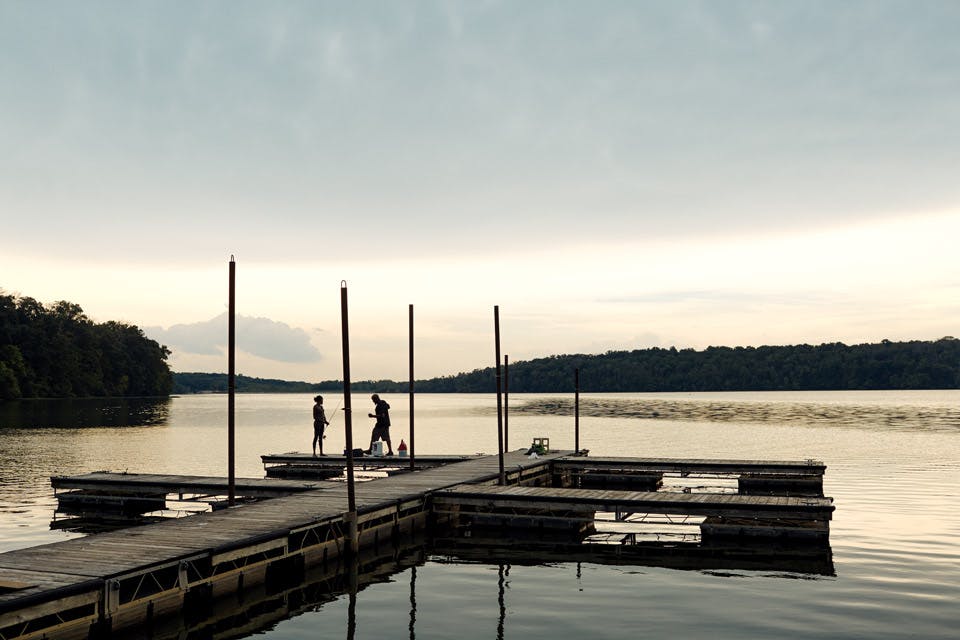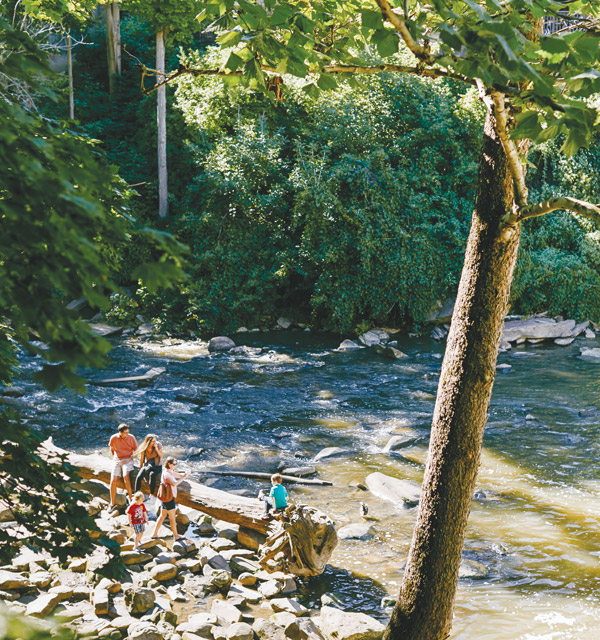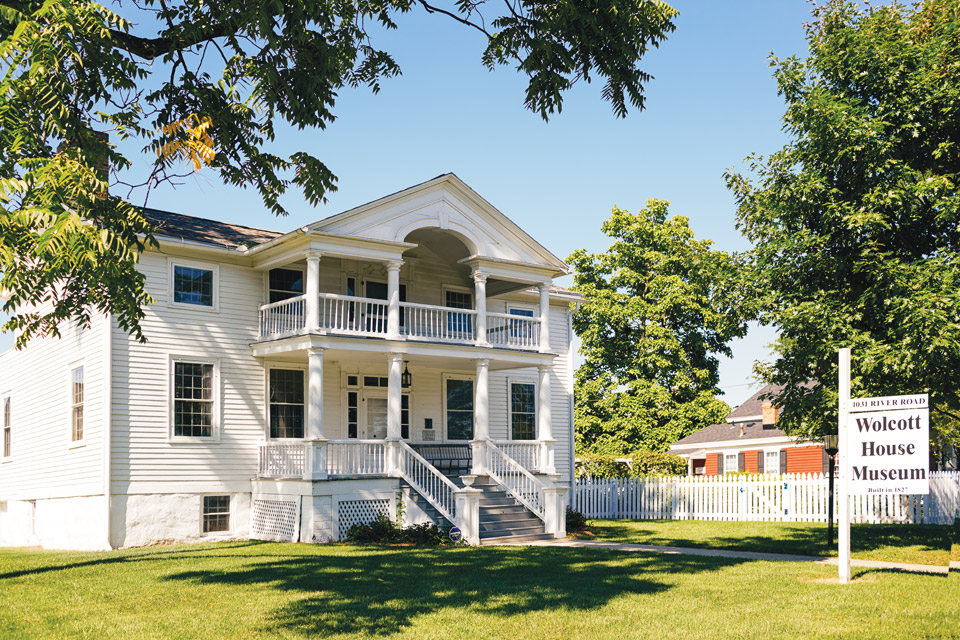Ohio Life
| Best Hometowns
Best Hometown Road Trips: 2016–2017
Travel this summer to see what makes this year’s Best Hometown honorees great places to visit, too.
Related Articles
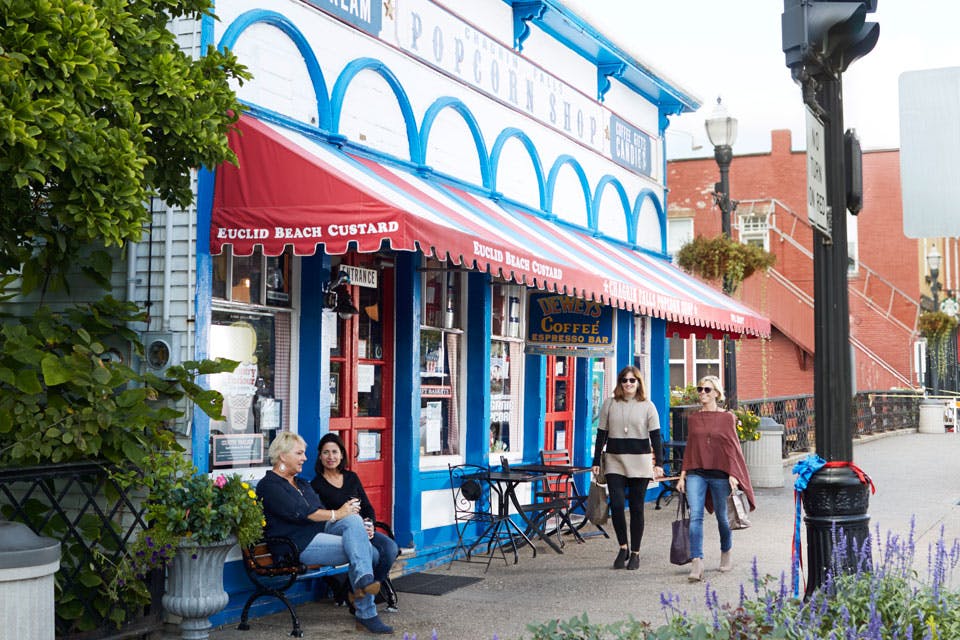
Best Hometowns: Chagrin Falls
This suburban village embraces the best of small-town America with its bustling downtown and neighborhoods filled with beautiful homes. READ MORE >>
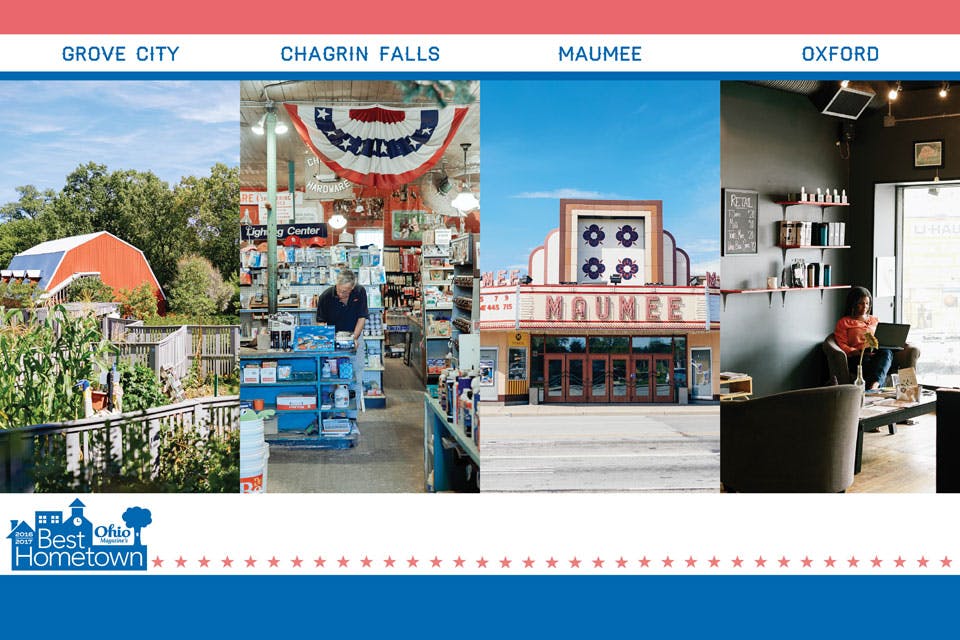
Best Hometowns 2016-17
From civic pride to historic preservation to beautiful neighborhoods, these communities make us proud to call Ohio home. READ MORE >>

Best Hometowns: Maumee
This historic riverside city turned its downtown into a place where creativity helps foster a sense of community. READ MORE >>


